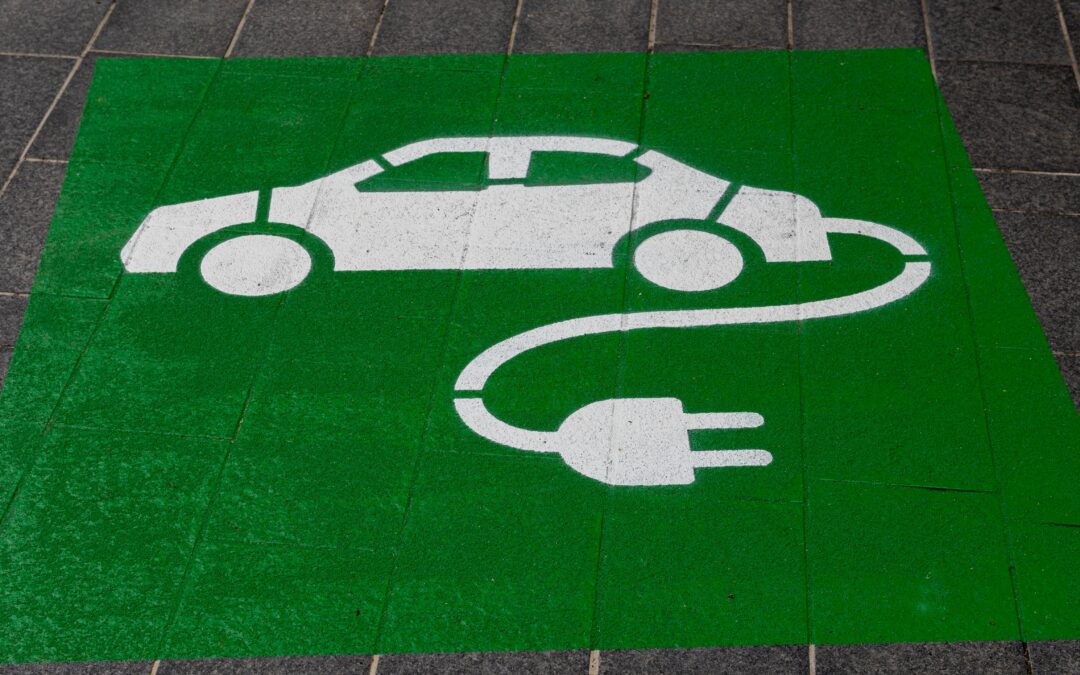Globally the share of Electric Vehicles, EVs for short, in new car sales has risen from 4% in 2020 to 14% in 2022, tripling in two years, according to the International Energy Agency. Already in the first quarter of 2023 EV sales are up 25% compared to the same period in 2022. Some estimates put EVs at 20% new car sales market share by the end of the year. In the US, the numbers lag the rest of the world somewhat, however US market share for EVs increased by 55% between 2021 and 2022 from 4% to 8% share of sales. Consumers are clearly adopting this new transportation technology in considerable numbers, and it does not seem to be slowing.
However, are EVs ready for app-based work, like rideshare and on-demand deliveries? In this two-part series, we will look at available data on costs of EVs vs gas powered cars and discover some pros and cons of EVs in the on-demand workplace.
Part One: Costs
New EVs can range in price from your basic 259-mile range 2023 Chevy Bolt at an MSRP starting at $26,500 all the way up to a 300-mile range 2023 Rolls-Royce Spectre starting at a whopping $400,000. Of course, we are not suggesting you should run out and get a Rolls to take tech workers to SeaTac or deliver fries from McDonalds, it is just here to show that EVs are popping up in all market segments from compact cars to supercars.
Before we jump into operating costs, it is important to discuss the government incentives available to offset some of the purchase price of an EV. Through the Inflation Reduction Act signed into law by President Biden in 2022, there is an available nonrefundable federal tax credit through the IRS of up to $7,500 toward the purchase of a new EV. There are some restrictions to qualify for this tax credit, the car must be built in the US, the MSRP cannot exceed $55,000 ($80,000 for vans, SUVs, and pickups), and your adjusted gross income (AGI) cannot exceed $150,000 ($225,000 for heads of households, $300,000 for married couples filing jointly). Additionally, if your new EV’s MSRP is under $45,000 then the first $20,000 is exempt from Washington State motor vehicle retail sales and use tax, saving up to an additional $975 above the federal tax credit. Of course, if you do not want to pay the instant depreciation of driving a new car off the lot, there are incentives to buy used EVs, but they are not nearly as enticing. On the Federal level the tax credit for Used EVs is up to $4000, but the value of the vehicle cannot exceed $30,000 and the credit is calculated as a percentage of the vehicle’s value, so any used EV priced less than $13,300 would receive a credit of less than $4,000.

Photo by Andrew Roberts on Unsplash
The Chevy Bolt has an estimated 28 kWh/100mi fuel economy, whereas the Prius and Camry use 1.8 and 3.8 gal/100mi, respectively. The average cost of residential electricity in Washington State is $0.1121/kWh and regular gas averages $5.088 according to AAA at the time this post was published. That makes the total 644 mile “fill-up” cost of the Bolt $20.22, the Prius $57.50, and the Camry $124.52. However, this comparison does not tell the whole story, as it assumes you can charge at home using a 240-volt home charging station. If you live in an apartment that does not have charging stations, you will have to charge using public charging, which adds cost. If you can charge the Bolt at a Public Level 2 charging station the cost is around $0.20/kWh, and a DC Fast Charger is around $0.45/kWh making the “fill-up” cost $54.30 and $81.45 respectively for the Bolt.
In any case the Bolt EV represents a significant savings over the traditional gas-powered Camry, but stacked against the Prius Hybrid the Bolt only saves significant cost if you can recharge at home. Once you must use a public charger that savings evaporates quickly. However, EVs have another trick up their sleeve, or under the hood as the case may be. EVs maintenance costs are significantly less than their gas or hybrid counterparts. According to Edmunds.com the 5-Year estimated maintenance and repair cost of the Bolt, Prius and Camry are $3,571, $4,859, and $3,882, respectively. Add on the $7,500 tax credit reducing the up-front cost of the Bolt and it more than makes up for any public charger use.
Now that we have seen what the costs are, in the next installment we will look at the more subjective measures of using an EV to do app-based work and list out the pros and cons of EV adoption. If you would like to be notified when Part Two of this discussion is published, sign up for our newsletter or follow us on social media!





Recent Comments